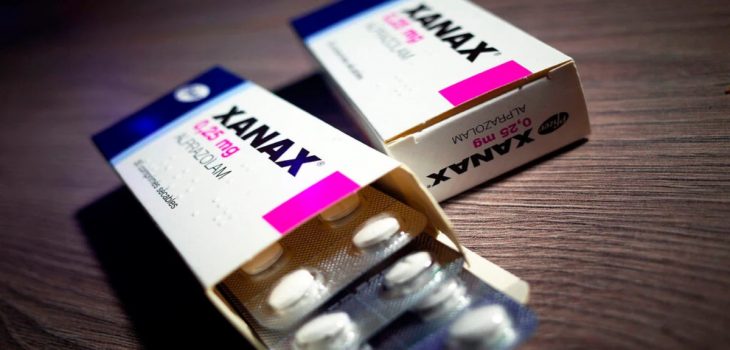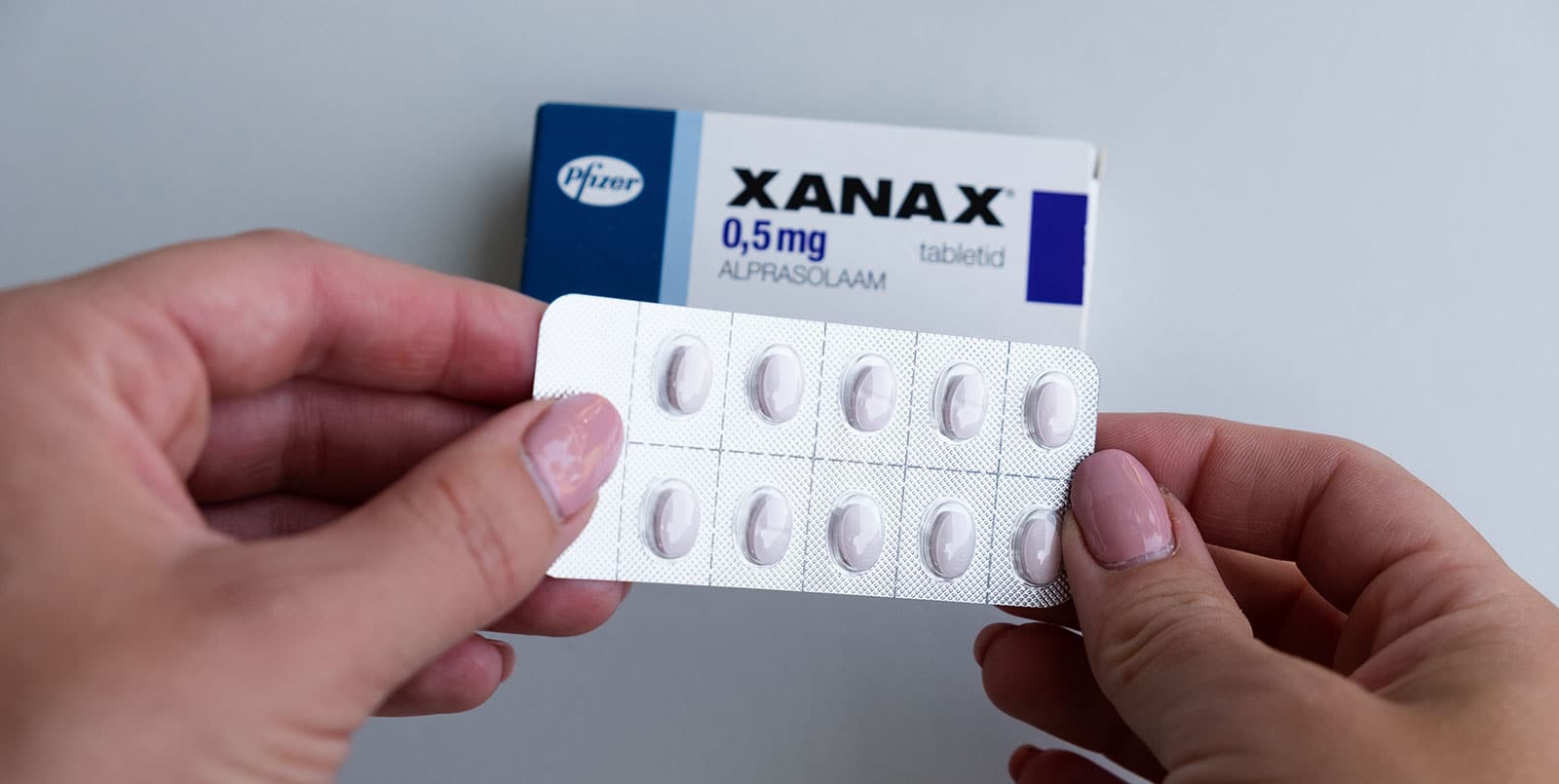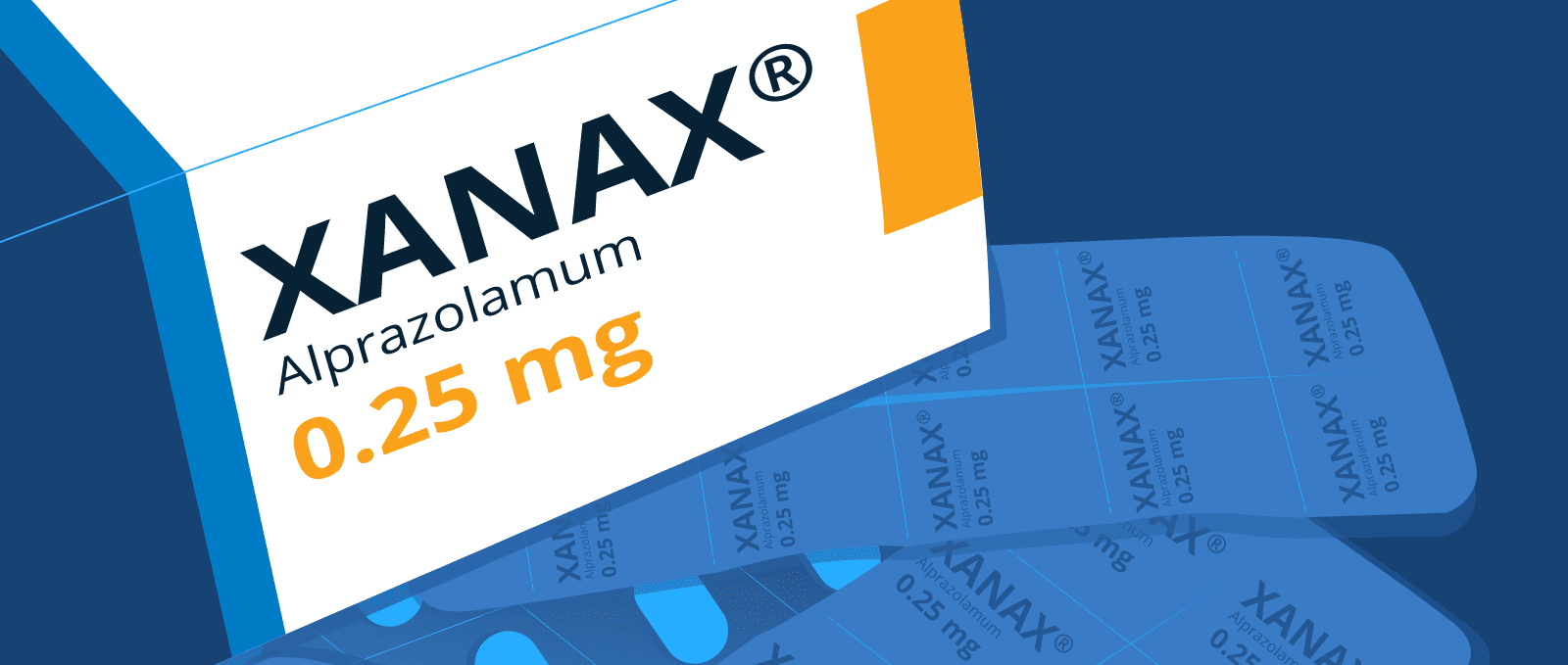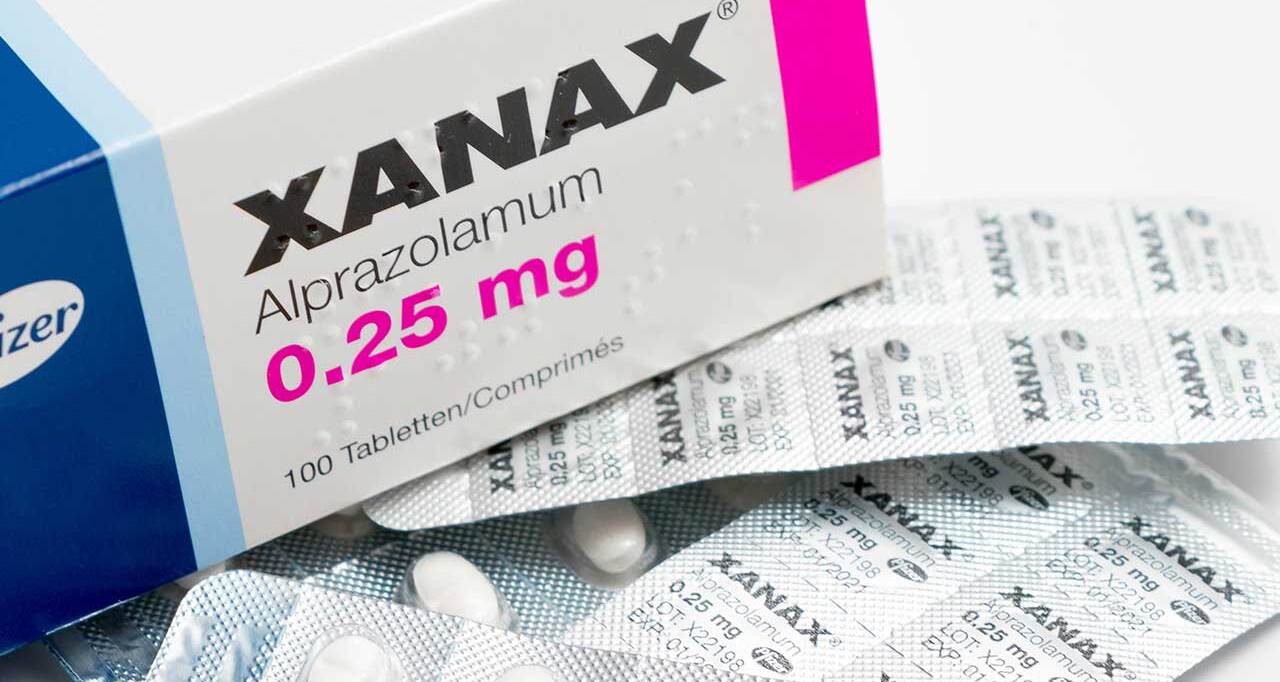
Xanax is a commonly prescribed medication used to treat anxiety and panic disorders. It belongs to a class of drugs known as benzodiazepines, which act on the central nervous system to produce a calming effect. Xanax, with its generic name alprazolam, is widely recognized for its effectiveness in managing anxiety symptoms. In this article, we will explore 20 fascinating facts about Xanax, shedding light on its uses, effects, precautions, and more.
The Origins of Xanax
Xanax was first synthesized by Upjohn Laboratories (now part of Pfizer Inc.) in the 1960s. It was initially developed as a sleep aid with muscle relaxant properties. Over time, its anxiolytic effects became apparent, leading to its approval for the treatment of anxiety disorders in 1981.
An Anti-Anxiety Powerhouse
Xanax is renowned for its potent anti-anxiety properties. It works by enhancing the effects of a neurotransmitter called gamma-aminobutyric acid (GABA) in the brain. GABA helps to reduce excessive neuronal activity, promoting a calming and sedative effect.
Effective for Panic Disorders
Aside from anxiety disorders, Xanax is also prescribed for the management of panic disorders, which are characterized by sudden and recurrent episodes of intense fear. It can alleviate symptoms such as rapid heartbeat, shortness of breath, and feelings of impending doom.
Quick Onset, Short Duration
One notable feature of Xanax is its rapid onset of action. When taken orally, it reaches peak plasma concentrations within 1-2 hours. However, its effects are relatively short-lived, typically lasting around 4-6 hours. This short duration necessitates multiple doses throughout the day for sustained relief.

Controlled Substance
Due to its potential for abuse and addiction, Xanax is classified as a Schedule IV controlled substance in the United States. It is essential to use Xanax only as prescribed and avoid exceeding the recommended dosage or duration of treatment.
Tolerance and Dependence
Prolonged use of Xanax can lead to tolerance, requiring higher doses to achieve the same therapeutic effect. Additionally, abrupt discontinuation of Xanax can result in withdrawal symptoms, including anxiety, insomnia, irritability, and seizures. Therefore, it is crucial to follow a tapering schedule under medical supervision when discontinuing Xanax.
Common Side Effects
Like any medication, Xanax may cause side effects. The most frequently reported ones include drowsiness, dizziness, impaired coordination, and difficulty concentrating. These effects can be more pronounced when Xanax is combined with alcohol or other central nervous system depressants.
Not Suitable for Everyone
Xanax is not suitable for everyone, and certain precautions should be taken before starting this medication. Individuals with a history of substance abuse, liver or kidney disease, respiratory problems, or glaucoma should exercise caution and inform their healthcare provider.

Xanax and Pregnancy
Pregnant women or those planning to become pregnant should consult their healthcare provider before taking Xanax. The drug has the potential to harm the developing fetus and may cause withdrawal symptoms in newborns if used during late pregnancy.
Xanax and Breastfeeding
Xanax can pass into breast milk and may have adverse effects on the nursing infant. It is generally recommended to avoid Xanax while breastfeeding. However, if deemed necessary, a healthcare provider may prescribe it with close monitoring.
Potential Drug Interactions
Xanax can interact with other medications, leading to increased or decreased effects. It is important to inform your healthcare provider about all the medications, supplements, and herbal products you are taking to prevent any potential interactions. Common drugs that may interact with Xanax include antidepressants, antifungal medications, and anticonvulsants.
Xanax and Alcohol
Combining Xanax with alcohol is strongly discouraged. Both substances are central nervous system depressants, and their interaction can intensify sedation, impair coordination, and increase the risk of respiratory depression.

Xanax and Driving
Xanax can impair cognitive function and psychomotor skills, making it unsafe to drive or operate heavy machinery while under its influence. It is essential to avoid activities that require alertness until you know how Xanax affects you personally.
Avoid Abrupt Discontinuation
Abruptly stopping Xanax after prolonged use can lead to withdrawal symptoms. To minimize the risk, a healthcare provider will typically recommend a gradual reduction in dosage over time when discontinuing Xanax.
Misuse and Abuse
Xanax, like many benzodiazepines, has the potential for misuse and abuse. Some individuals may use Xanax recreationally or for non-medical purposes, seeking its sedative and euphoric effects. This misuse can lead to addiction, health complications, and legal issues.
Overdose Risk
Taking high doses of Xanax or combining it with other substances can increase the risk of overdose. Symptoms of Xanax overdose may include extreme drowsiness, confusion, impaired coordination, slowed breathing, and unconsciousness. If an overdose is suspected, immediate medical attention should be sought.

Xanax and Elderly Population
The elderly population is more sensitive to the effects of Xanax due to age-related changes in metabolism and drug clearance. Lower doses are often recommended for older adults to minimize the risk of excessive sedation and cognitive impairment.
Xanax and Adolescents
Xanax is generally not recommended for individuals under the age of 18, except in specific cases as determined by a healthcare provider. The potential risks and benefits should be carefully evaluated before prescribing Xanax to adolescents.
Xanax Withdrawal Timeline
The timeline for Xanax withdrawal can vary depending on factors such as duration of use, dosage, and individual characteristics. Generally, withdrawal symptoms may start within hours to a few days after discontinuation and gradually subside over several weeks.
Alternatives to Xanax
While Xanax is an effective medication for anxiety and panic disorders, there are alternative treatments available. Other benzodiazepines, such as diazepam and lorazepam, can be prescribed. Additionally, non-benzodiazepine medications like selective serotonin reuptake inhibitors (SSRIs) and serotonin-norepinephrine reuptake inhibitors (SNRIs) are commonly used.
Conclusion
Xanax is a widely prescribed medication for the treatment of anxiety and panic disorders. It provides relief by enhancing the effects of GABA in the brain, resulting in a calming and sedative effect. However, it is essential to use Xanax responsibly, following medical advice and taking necessary precautions to minimize the risk of side effects, dependence, and addiction.
Frequently Asked Questions (FAQs)
Is Xanax addictive?
Yes, Xanax can be addictive if misused or taken in higher doses than prescribed. It is important to use Xanax only as directed by a healthcare provider and to avoid recreational or non-medical use.
Can Xanax be used for sleep disorders?
While Xanax has sedative properties, it is not typically prescribed as a sleep aid due to its short duration of action. Other medications specifically designed for sleep disorders may be more appropriate and safer.
Can Xanax be used to treat depression?
Xanax is not recommended as a primary treatment for depression. Antidepressant medications, such as SSRIs and SNRIs, are more commonly prescribed to manage depression.
How long does it take for Xanax to start working?
Xanax reaches peak plasma concentrations within 1-2 hours after oral administration. Its effects are typically felt relatively quickly after ingestion.
Can Xanax be used long-term?
Long-term use of Xanax is generally avoided due to the risk of tolerance, dependence, and other potential complications. Healthcare providers typically prescribe it for short-term use or as needed for acute episodes of anxiety or panic.
Was this page helpful?
Our commitment to delivering trustworthy and engaging content is at the heart of what we do. Each fact on our site is contributed by real users like you, bringing a wealth of diverse insights and information. To ensure the highest standards of accuracy and reliability, our dedicated editors meticulously review each submission. This process guarantees that the facts we share are not only fascinating but also credible. Trust in our commitment to quality and authenticity as you explore and learn with us.
